
The realm of horror cinema is a fascinating landscape, constantly evolving yet deeply rooted in our most primal fears and societal anxieties. From chilling supernatural encounters to terrifying explorations of the human psyche, horror films have long served as a mirror, reflecting the dark corners of our world and ourselves. They offer a unique lens to examine historical periods, cultural shifts, and the persistent questions that haunt humanity.
Journeying through the history of this compelling genre allows us to uncover pivotal moments and landmark achievements that have shaped its trajectory. We will examine the visions of directors, the performances of key actors, and the elements that make each entry significant. This provides historical context and understanding of their enduring legacy.

1. **It (2017): Clowning around**
For some, Tim Curry will always embody Pennywise the dancing clown, a manifestation of fear itself. But in this 2017 adaptation of Stephen King’s epic novel, replanted in the 1980s instead of the ’50s, it’s Bill Skarsgård who scares you witless. As Pennywise, Skarsgård’s eyes roam in two different directions, making the character look truly monstrous and deranged.
When he interacts with the children, he drools, as if starved, ravenous to consume them and their fear. Skarsgård’s physical portrayal contributed significantly to the character’s unsettling nature. Director Andy Muschietti aimed to reignite the primal terror associated with this malevolent entity through these details.
Great performances from the young cast also prevent any ‘child acting’ awkwardness, grounding the film’s emotional core. While it might be sentimental at times, the themes of friendship and the loss of innocence are reminiscent of Stand By Me, another King adaptation, and ET. When it scares – and it really does scare – it’s a chilling reminder that, no matter your age, clowns are terrifying.

2. **The Invisible Man (2020): What we do in the shadows**
Leigh Whannell’s 2020 film offered a canny retooling of HG Wells’s sci-fi novel. It presented a tart statement on toxic men and their gaslighting ways. Elisabeth Moss stars as Cecilia, an architect traumatised by her abusive tech entrepreneur husband Griffin, played by Oliver Jackson-Cohen.
Soon after, Griffin is reported dead by suicide. However, Cecilia’s ordeal is not over. Things have started going bump in the night around her, suggesting a haunting presence. Whannell showed respect for the classic Universal monster movie with which it shares its name; look out for a cameo from those trademark bandages.
But this is no reverential retread. It has ideas of its own, specifically around the way an abusive relationship can turn life into a prison. The narrative uses the invisible threat as a powerful metaphor for control and fear that lingers. Moss, needless to say, makes a killer scream-queen, effectively conveying the terror and complexity of her character’s experience.

3. **The Mist (2007): Situation normal: all fogged up**
Having tackled Stephen King twice already – in The Shawshank Redemption and its inferior follow-up The Green Mile – Frank Darabont made his first out-and-out horror movie with this film. It’s a bleak, pointed adaptation of King’s novella. The story centers on a mysterious fog which swamps a small town.
The fog forces the inhabitants to take shelter in the local supermarket. On one level, this is pure throwback, an old-school tentacles-and-all monster movie. It really comes alive in its glittering monochrome DVD version, enhancing the classic horror atmosphere.
But it’s also a ferociously modern drama, picking apart the political and social threads which just about held America together under the Bush administration. Religious dogma, political division and, finally and devastatingly, military intervention all go under Darabont’s shakeycam microscope. The result is perhaps the most intelligent, compelling and heartbreaking horror movie of the century so far.

4. **God Told Me To (1976): Jesus loves you… a little too much**
Larry Cohen is without question one of the most inventive, idiosyncratic American writer-directors of the 1970s. His outstanding oeuvre spanned low-budget social commentary, low-rent blaxploitation and politically engaged horror films. Yet here we are, 35 years later, and he manages to scrape one film into our Top 100.
God Told Me To is without question one of darkest, sharpest, oddest films on this list. It’s a tale of serial murder, religious mania and alien abduction. It was shot on some of mid-’70s New York’s least salubrious streets, contributing to its raw atmosphere.
Cohen deserves to be mentioned alongside Carpenter and Craven in the horror canon. This might be his masterpiece, though It’s Alive, Q: The Winged Serpent and The Stuff all run it close. The film’s presence here underscores Cohen’s significant contribution to horror cinema despite his often-overlooked status.

5. **Saint Maud (2020): Nurse me back to health**
This brilliantly unsettling debut from Rose Glass (Love Lies Bleeding) sweeps in on a humdrum English coastal town. It brings with it a fierce cargo of religious mania, psychological power games and the odd moment of nightmarish ickiness.
Morfydd Clark is astonishing as the deeply religious Maud, a live-in nurse. Her first private assignment takes her to the house of Jennifer Ehle’s character, a terminally ill and terminally spiky ex-dancer. The ensuing dance between troubled ascetic and ciggy-smoking sensualist has shades of the psychological frictions of Persona, a major influence on Saint Maud.
The narrative is said to go downhill fast from there, implying a descent into greater darkness and instability. Ehle is great in her role. In a just world Clark would be winning awards for her remarkable piece of physical acting. The result is considered the best British horror since Under the Skin.
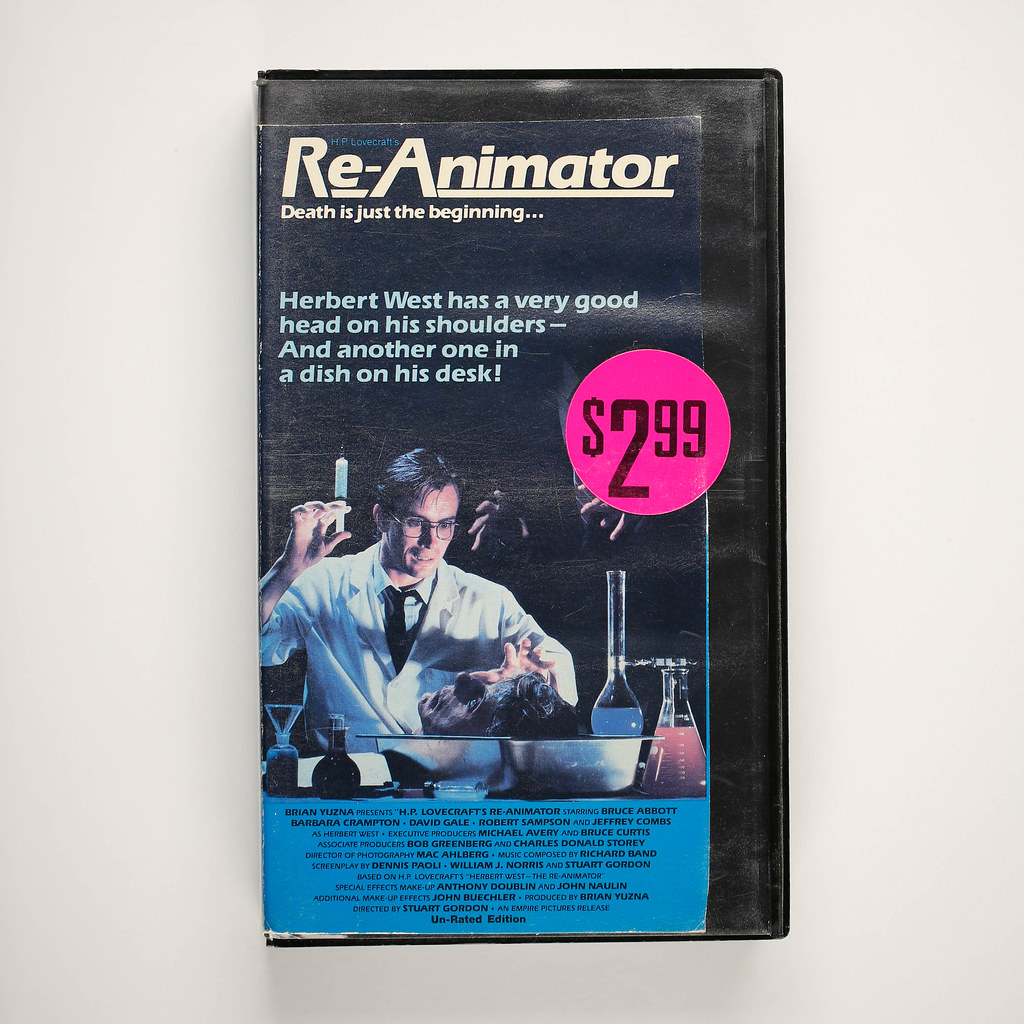
6. **Re-Animator (1985): I am the resurrection**
A kind of madcap blend of the original HP Lovecraft short story with National Lampoon’s Animal House, Re-Animator is horror as cartoon. It combines gore and guffaws in a giddy parade of grotesque imagery.
Jeffrey ‘the thinking man’s Bruce Campbell’ Combs plays disturbed anti-hero Herbert West. Even the way he says his name is funny. West is a science graduate who stumbles across a glowing green resurrection serum. He opts to try it out on the overbearing Dean and his nubile, leggy daughter, setting the stage for bizarre sequences.
Re-Animator is a prime example of the home video horror boom in action. It’s weird, wild, unpredictable and frequently very silly. It is the kind of imaginative but slickly constructed offbeat horror film which seems to have gone entirely out of fashion, making it a notable cult classic artifact.
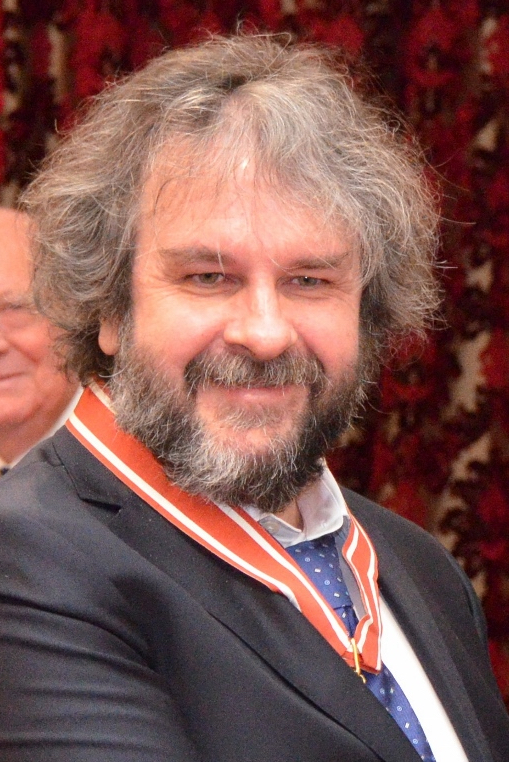
7. **Braindead (1992): Abbott and Costello meet The Evil Dead**
Before he got bogged down in endless Hobbitry, Peter Jackson was one of the world’s most ferociously inventive independent exploitation filmmakers. He was a worthy successor to the George Romero and Sam Raimi school of DIY gore. His first movie, Bad Taste, was filmed over four years of weekends with a band of enthusiastic mates.
By the time of Braindead (AKA Dead Alive) Jackson had a budget – of sorts – and a professional crew. The result is one of the most relentlessly, gleefully nasty movies ever released. It incorporated mutant monkeys, zombie flesh-eaters, and death by lawnmower.
The film also featured kung-fu priests and jokes about ‘The Archers’. It contains the queasiest dinner scene since La Grande Bouffe, involving spurting blood, dissolving flesh, human ears and bowls of claggy rice pudding. This solidified its reputation for pushing on-screen repulsion with dark comedy.
Continuing our exploration of pivotal moments in horror cinema, we delve further into films that have left an indelible mark on the genre, pushing boundaries and exploring the human condition through the lens of fear. These entries, spanning different eras and styles, highlight the incredible diversity and enduring power of horror to captivate and disturb audiences while often reflecting the times in which they were made.
From psychological dramas that blur the lines of reality to groundbreaking special effects and thematic depth, the films we examine next showcase the innovation and impact that define significant horror achievements. We will continue our journey by looking at these cinematic landmarks, understanding their unique contributions and why they resonate with viewers decades after their initial release.

8. **Dead Ringers (1988): The same, but different**
More than perhaps any other film by Director David Cronenberg, ‘Dead Ringers’ poses a unique question regarding what truly constitutes a horror movie. While it certainly contains elements we associate with the genre, such as blood, specialized ‘tools for operating on mutant women,’ and an pervasive atmosphere of deep disquiet, its core focus lies elsewhere.
At its heart, this film is a profound study of domestic psychosis occurring under truly extraordinary circumstances. It stands out as an unparalleled showcase for acting talent, particularly due to Cronenberg’s innovative use of computer-controlled camera technology. This allowed Jeremy Irons to deliver a remarkable dual performance, portraying both lead characters, twin gynaecologists Elliot and Beverly Mantle.
The brilliance of Irons’ performance lies in his ability to clearly distinguish between the two brothers. Elliot is depicted as the steely, ‘masculine’ shark, embodying ambition and a certain ruthlessness. In contrast, Beverly is presented as the more passive, ‘feminine’ carer, sensitive and easily overwhelmed. Much like in Cronenberg’s earlier film ‘The Fly,’ his deep-seated interest in the complex and often tenuous connections between the body and the mind is palpable. However, in ‘Dead Ringers,’ this is combined with an unexpectedly sensitive portrayal of romantic attachment. This adds a layer of emotional depth that makes the brothers’ seemingly inevitable psychological collapse all the more effectively disturbing and tragic.
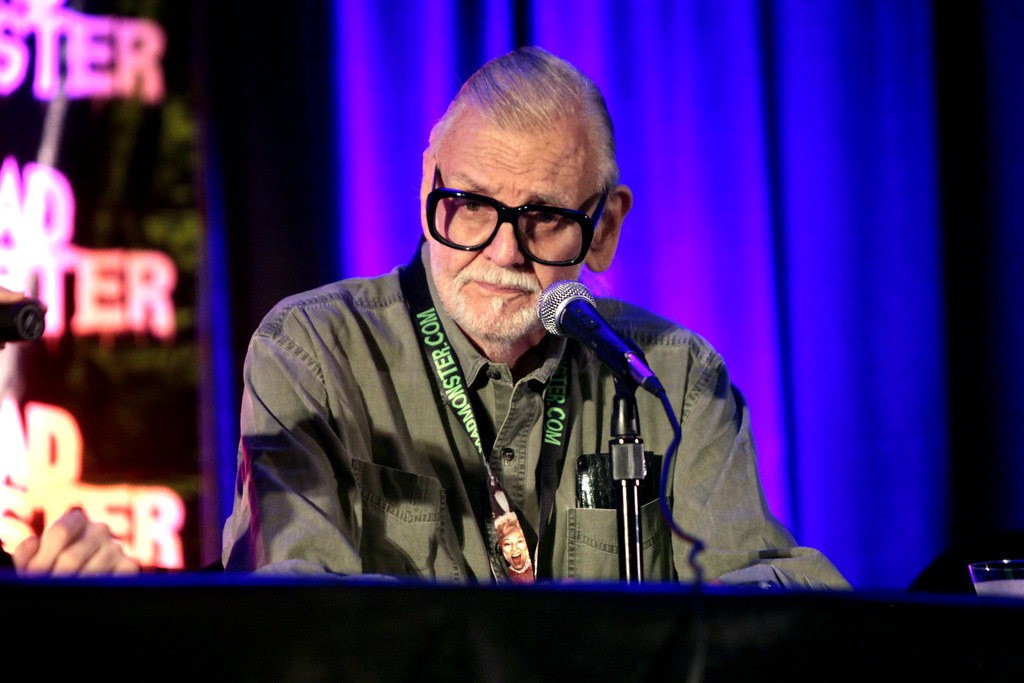
9. **Day of the Dead (1985): All you need is Bub**
For many enthusiasts of George A. Romero’s seminal ‘Living Dead’ trilogy, the conclusion, ‘Day of the Dead,’ is often viewed as a relative step down compared to its groundbreaking predecessors. It’s acknowledged that it didn’t quite achieve the same level of innovation as ‘Night of the Living Dead’ or the sharp satire and entertainment value of ‘Dawn of the Dead.’ Indeed, Romero’s initial grand ambitions for the project, which envisioned a wholesale critique of Reaganite inequality by portraying zombies as a new disenfranchised underclass, were unfortunately hampered by significant budgetary constraints.
Despite these limitations, some of those original ideas did eventually surface in the much later follow-up, ‘Land of the Dead.’ However, even with the compromises, ‘Day of the Dead’ remains an astonishing cinematic experience. It is an unrelenting assault on the senses, powerfully fueled by an unprecedented sense of despair and pervasive nihilism that permeates every frame. The film plunges the viewer into a claustrophobic and increasingly hopeless scenario.
By this point in the trilogy, the narrative blurs the lines between protagonist and antagonist, making it genuinely difficult to discern who the audience should be rooting for. On one side are the hateful, constantly bickering soldier ‘heroes,’ trapped by their own failings and the grim circumstances. On the other are their shuffling, bloodthirsty zombie captives. Among the latter, one figure stands out: the ‘thinking zombie,’ the oddly lovable character known as Bub. His presence introduces a complex layer of pathos and challenges simple categorizations of the living and the dead.
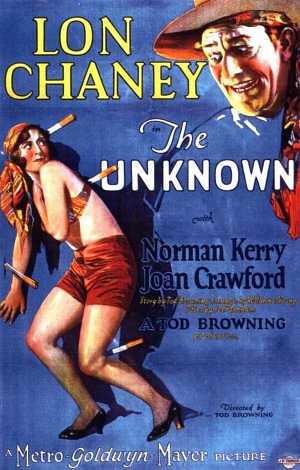
10. **The Unknown (1927): A farewell to arms**
A few years prior to the controversial ‘Freaks,’ Director Tod Browning crafted another compelling and twisted narrative centered around circus performers, their relationships, and the dark deeds they inflict upon one another. Released in 1927, ‘The Unknown’ delves into a world where outward appearances are deceiving, and inner darkness can reside even in those perceived as outwardly freakish. Some have even argued that ‘Freaks,’ released five years later, serves in part as an apology or counterpoint to the themes explored in ‘The Unknown.’
In this earlier silent shocker, it is not just the visibly unusual who harbor inner perversions; the outwardly ‘normal’ can be equally, if not more, twisted. The story revolves around a strangler who possesses two thumbs, a physical anomaly he must conceal. To hide his identity and evade capture, he poses as an armless knife-thrower within the circus troupe. His motivations are further complicated as he attempts to seduce a beautiful young woman who harbors a morbid, intense fear of men’s hands.
This concise synopsis alone offers a glimpse into the kind of intensely psychological and deeply unsettling narrative that Browning masterfully presents, a veritable boiling Freudian gumbo of desires, phobias, and deceit. The Unknown’ is a giddy, subversive, and wonderfully watchable example of silent-era shock cinema, showcasing Browning’s unique vision and willingness to explore the darker aspects of human nature and circus life.
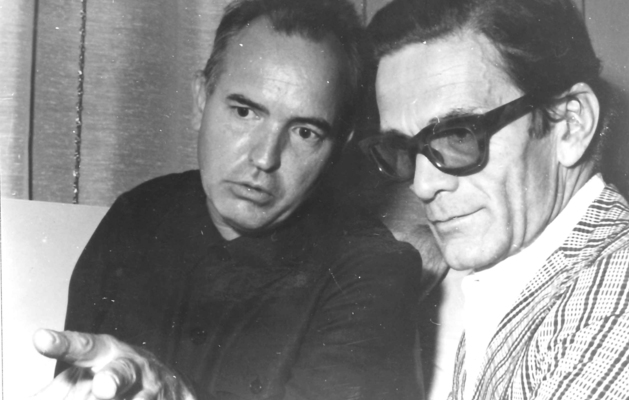
11. **Saló, or the 120 Days of Sodom (1975): Don’t look now**
Pier Paolo Pasolini’s final film, ‘Saló, or the 120 Days of Sodom,’ stands apart from the horror genre in any conventional or traditional sense. Yet, despite this, it is profoundly challenging to conceive of any other film on this list, regardless of its genre, that manages to surpass this 1944-set vision of despair in terms of its sheer provocative transgression and its devastatingly bleak and deeply pessimistic view of humanity. It occupies a unique and unsettling space in cinematic history, confronting viewers with uncomfortable truths about power and degradation.
Drawing heavily upon the notorious writings of the Marquis de Sade and clearly influenced by the structure and descent of Dante’s ‘Inferno,’ Pasolini constructs a chilling scenario. He imagines four fascist libertines, symbols of absolute power and moral decay, taking a group of young men and women prisoner within the confines of a stately home in Italy. There, they subject their captives to an unimaginable and relentless cycle of terror and depravity, pushing the limits of human endurance and morality.
The film unflinchingly depicts acts of rape, torture, murder, and even the forced eating of human excrement; it is all presented here with a disturbing lack of sensationalism, making its impact all the more profound. Upon its initial release, ‘Saló’ provoked widespread outrage in many quarters, leading to bans and controversy. However, viewed now, any claims that the film is merely pornographic seem entirely ridiculous. What Pasolini effectively evokes in this disturbing portrait of a society that has completely collapsed into moral decay is not pleasure, but a complete and utter absence of it, highlighting the profound emptiness and horror of absolute power unchecked.
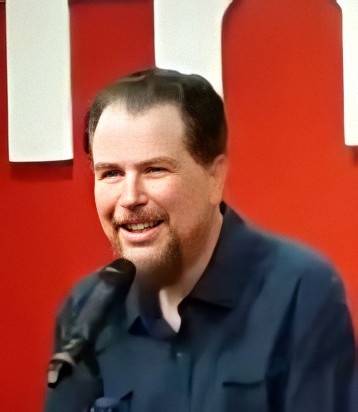
12. **Phantasm (1979): In space, no one can eat ice cream**
By the early 1980s, the burgeoning home video market played a significant role in fueling a tidal wave of American horror films. However, armed with proper financial backing and enjoying almost total creative freedom, these films were vastly different from the low-budget grit often associated with the grindhouse era. Directors like Stuart Gordon, Frank Henenlotter, and Don Coscarelli suddenly had the necessary funding to bring visions to life that would have been practically impossible just a few years prior, resulting in some of the most wildly idiosyncratic and unique movies within the horror canon.
Among these, Don Coscarelli’s ‘Phantasm’ is widely recognized as the film that truly kickstarted this wave of imaginative, independent horror. It brilliantly combined inventive, DIY horror techniques with a narrative so berserk and unconventional it defied easy categorization. The plot involved homicidal space midgets, a heroic ice-cream man, and perhaps most iconically, flying spheres equipped with deadly drills designed to penetrate the brain, all overseen by the terrifying figure known simply as the ‘Tall Man.’
Coscarelli further expanded this bizarre and compelling universe over the course of three wild sequels, each exploring his unique vision in a variety of imaginative and often deliriously entertaining ways. However, it is the original ‘Phantasm’ from 1979 that set the standard, establishing its distinctive blend of horror, fantasy, and the surreal. It remains a testament to the creative possibilities unlocked by this era of independent filmmaking and the enduring appeal of its unforgettable antagonist and bizarre mythology.

13. **Candyman (1992): Sweets to the sweet…**
Bernard Rose’s loose adaptation of Clive Barker’s novella ‘The Forbidden’ is a film whose cultural significance and thematic depth have only grown in clout over time, proving to be wildly appropriate for a story deeply rooted in the power of whispered urban legends. The narrative centers on Virginia Madsen’s character, a skeptical white academic who ventures into the infamous Cabrini-Green housing projects in Chicago with the goal of studying the local myth of a vengeful, hook-handed ghost known as the Candyman. This spectral figure is brought to life by Tony Todd, who delivers a memorable performance, glowering with a mouth full of bees.
Set against a haunting, piano-driven score composed by Philip Glass, ‘Candyman’ is a film that feels oddly prescient and has become even more powerful with the passage of years. It masterfully strikes a delicate balance between delivering genuine, splattery scares and engaging with complex themes. These include the societal impacts of gentrification, the systemic issues of white privilege, and the devastating violence disproportionately affecting the Black community. The film uses the supernatural horror to highlight very real, tangible social issues.
The fact that Nia DaCosta, directing a more recent revamp, reportedly struggled to achieve the same balance in her film serves less as a criticism of that Jordan Peele-produced project and more as a powerful testament to the strength and clarity of Rose’s original baroque, grisly vision. Much like the lustful ghost at its dark heart, the film’s legacy continues to grow and become more powerful and relevant as the years go by, solidifying its place as a modern horror classic with significant cultural commentary.

14. **Dracula (1958): Charm offensive**
During the period of the late 1950s and 1960s, often characterized by relatively tame horror offerings like those featuring Vincent Price, Hammer Film Productions emerged as a sanctuary for horror fans seeking something more visceral and exciting. Hammer dramatically revitalized the tired genre by injecting it with garish, bloody color, a newfound level of shocking violence, and the remarkably committed and iconic acting duo of Christopher Lee and Peter Cushing. While their 1957 film ‘The Curse of Frankenstein’ can be seen as having pried open the coffin lid for this new wave, ‘Dracula,’ released the following year, was a massively influential global success that truly plunged the stake home, establishing their distinct brand of Gothic horror.
It is impressive in itself that Christopher Lee managed to successfully step out of the long shadow cast by Bela Lugosi’s immortal portrayal of the Count. Lee crafted a version of Dracula who was not only menacing but also virile, undeniably sexy, and vicious, presenting a more dynamic and predatory vampire. However, the most significant impact of Hammer’s ‘Dracula’ is perhaps best appreciated in retrospect when comparing it to subsequent adaptations of Bram Stoker’s classic novel. Has there been another film version of the story that has managed to be this captivating, retaining the essential elements while adding its own unique flavor and intensity?
Many directors have attempted to recapture the magic and impact of the 1958 film in the decades since its release. Yet, none, arguably, have quite managed to survive the night, meaning they haven’t achieved the same level of critical or cultural impact as Fisher’s version. The film set a high bar for portraying the iconic vampire and his nemesis, Van Helsing (played brilliantly by Peter Cushing), cementing its place as a pivotal moment in horror history and the legacy of Hammer Films.
This journey through some of horror cinema’s most compelling achievements underscores the genre’s dynamic evolution. From the silent era’s psychological depths to modern social commentary and groundbreaking effects, these films demonstrate horror’s power to not only entertain but to reflect the ever-changing landscape of human fears and societal concerns. Each entry, in its own unique way, contributes to the rich tapestry of a genre that continues to challenge, provoke, and terrify audiences around the globe. The legacy of these visionary filmmakers and unforgettable stories reminds us why we keep coming back to the dark.



